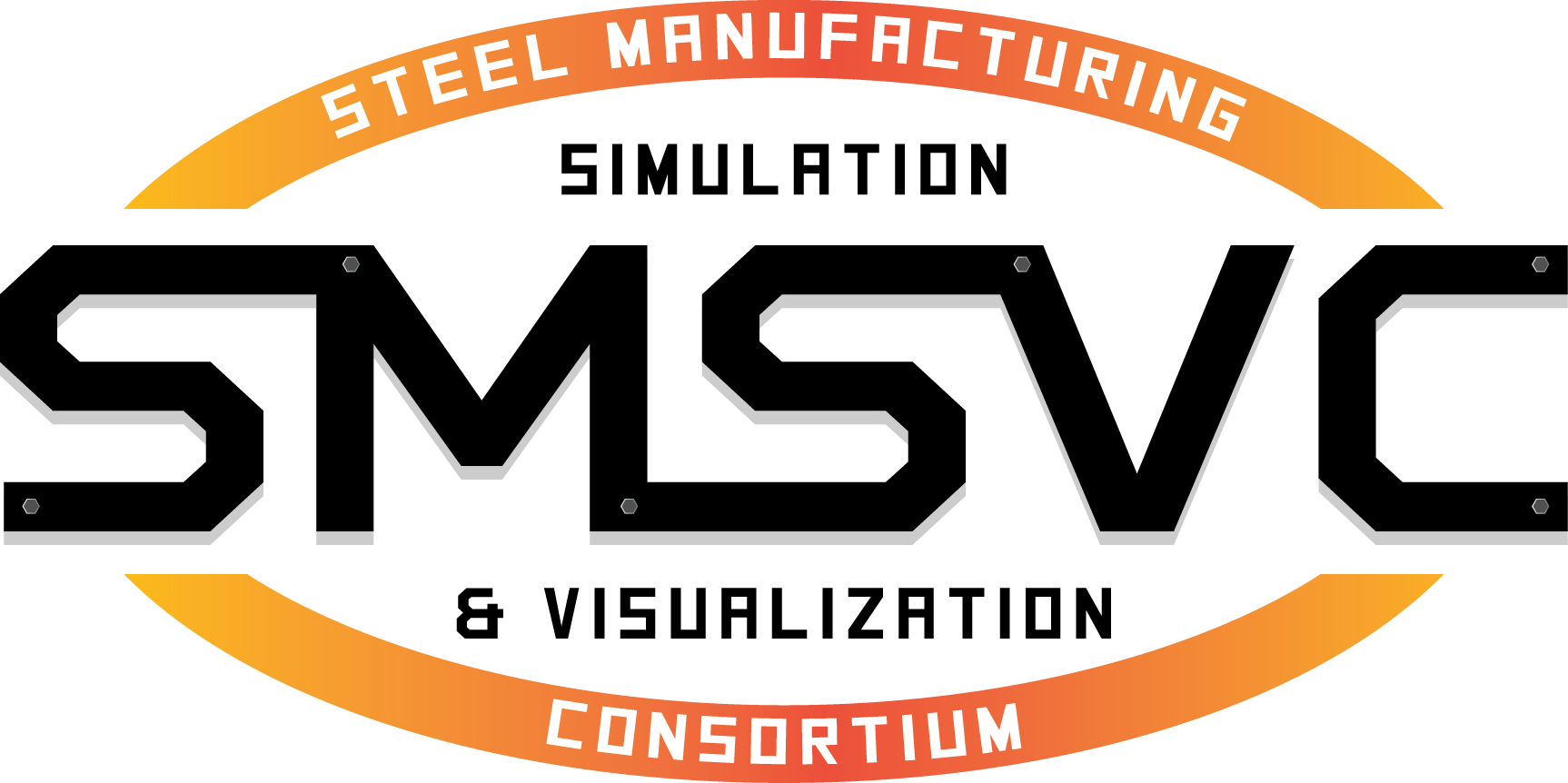CIVS researchers and students are working with The College of the Florida Keys staff and instructors to develop immersive underwater labs to enhance existing Marine Science and Technology courses through the NSF-sponsored DREAM STEM project (Developing Reliable Educational Avenues to STEM Careers). The DREAM STEM project is part of NSF’s HSI program (Award #1928591) and is estimated to run through the end of 2024.
CIVS Senior Research Scientist John Moreland, CIVS Senior Research Engineer Kyle Toth, CIVS Visualization Research Assistant Iftequar Iqbal Mohammed, and former CIVS Visualization Research Assistant Cristina Cabascango in partnership with Patrick Rice, Chief Science & Research Officer, and NSF Principal Investigator at The College of the Florida Keys developed a series of underwater VR lab modules for Marine Science and Technology courses.
The DreamStem Project encompasses two distinct sub-projects, each with its unique focus and purpose:
The first sub-project is known as Coral Restoration Virtual Reality (CRVR). CRVR effectively recreates the intricate process of coral restoration within a virtual reality setting. This immersive experience allows users to don a VR headset and actively engage in the various steps and techniques necessary for coral restoration. Through CRVR, individuals can practice hands-on tasks such as identifying healthy coral specimens for propagation, safely fragmenting corals, and securely attaching them to underwater structures. This not only serves as a valuable training tool but also helps ensure that real-world coral restoration efforts are carried out with precision and minimal environmental impact. Former CIVS Research Assistant Cristina Cabascango presented “Development of a Coral Reef Restoration Training Simulator” at PNW Days of Discovery on April 10, 2023.
The second sub-project, Reef Visual Census Virtual Reality (RVCVR), plays a vital role in the educational aspect of the DreamStem Project. RVCVR serves as a course evaluation tool, especially for students undergoing training in reef visual censuses. During these exercises, students are guided through a series of steps to document the species they encounter while conducting visual surveys of reefs. They must provide detailed specifications for each species observed. Subsequently, their recorded data is evaluated against an answer key, enabling students to receive prompt feedback and a clear performance assessment. RVCVR not only ensures that students grasp the critical skills required for effective reef monitoring but also enhances the overall learning experience.
The post CIVS Technology Applied to NSF-Funded National STEM Project appeared first on Center for Innovation through Visualization and Simulation (CIVS).
